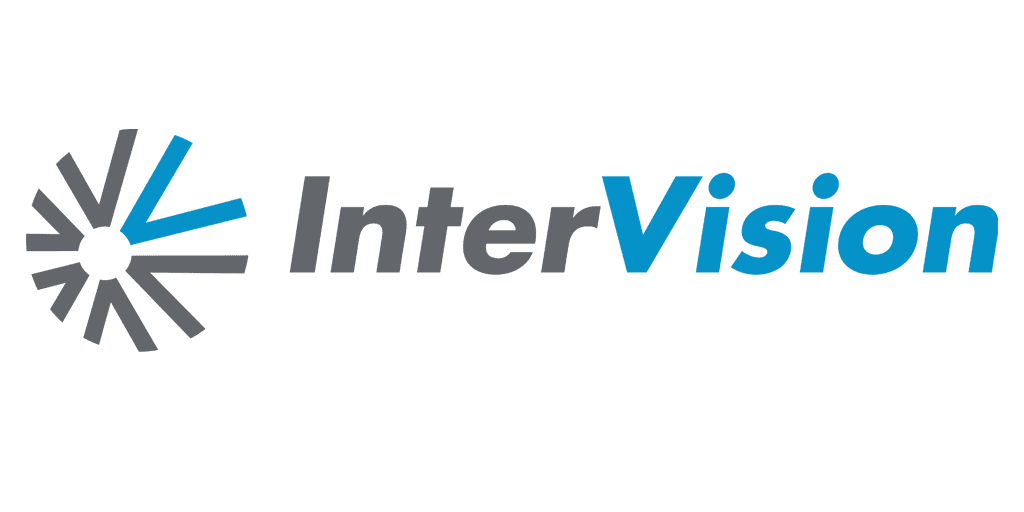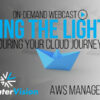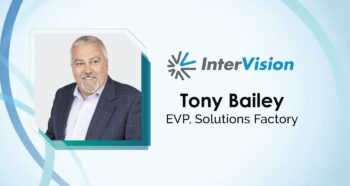Achieving Optimized AWS Savings
The adoption of the AWS cloud can certainly empower a business, but if migrated incorrectly and managed poorly, it can also drag a business down. The answer to success is all in how an IT team chooses to strategize and execute on their AWS cloud migration, and then optimize their AWS stance in an ongoing fashion. Indeed, migrations do have rippling impacts on total cost of ownership, both in cases of good or poor migration strategies.
The commonly encountered complexities of overspending in the AWS cloud often point upstream to a misunderstanding among some IT groups, that going to AWS will automatically create cost savings. The answer to cost savings in the cloud instead, lies in three key areas: 1) architecture, 2) financial optimization (FinOps) and 3) governance.
In this second blog of the series, we’ll cover the FinOps aspects that involve how to simultaneously utilize AWS Savings Plans, Reserved Instances and Spot Instances to drive down overall cloud spending.
AWS Savings Plans, Reserved Instances and Spot Instances Explained
Every month that your IT budget goes to AWS that isn’t optimized is a waste of your company’s revenue. By integrating expertise in cloud architecture, governance and FinOps, companies can save on substantial costs in the AWS cloud, thereby enabling their business to better leverage the cloud to compete in their industry landscapes. FinOps, a part of this equation, TechTarget describes as “a framework for managing operating expenditures (Opex) in the cloud. An important goal of FinOps is to help cross-functional teams within the same organization maintain financial accountability for cloud services.”
AWS has pricing models that allow for provisioning resources in the most cost-effective way: On-Demand, Spot Instances, Reserved Instances and Savings Plans. On-Demand is what AWS offers clients without any commitments or provisioning presets—which can be costly if not leveraged with a careful approach. When driving down AWS cost, a good beginning point is leveraging native AWS tools meant for the specific optimization of cloud resources, rather than allowing for runaway storage or computing costs.
AWS Reserved Instances
Reserved Instances (RIs), for example, offer significant discounts with the commitment to a set instance type or level of on-demand compute usage, usually over the course of 1 to 3 years. Reserved Instances can be purchased for a specific Region or for a specific Availability Zone, and AWS offers no upfront, partial upfront, and all upfront pricing options, to allow clients to choose the option that works best for them.
AWS Spot Instances
In contrast, Spot Instances are best suited for temporary workload needs such as high-performance computing for big data projects. AWS defines a Spot Instance as a “spare EC2 compute capacity available at discounts of up to 90% off On- Demand prices with no long-term commitment required.” Integrated into multiple AWS services like EC2 ASGs, EMR, ECS or AWS Batch, Spot is an ideal cost savings tool for when you have a buffer in place or a queue where multiple requests are able to receive independent attention, such as non-critical workloads or development environments.
AWS recommends the matching the maximum price for Spot Instances to the On-Demand rate, to ensure a lower-than cost; being flexible across as many instance types as possible and where your workloads will run; and designing your workloads for continuity. Together, these aspects will help you achieve the most of what Spot instances can offer.
AWS Savings Plans
Similar to Reserved Instances (RIs) and Spot Instances, AWS Savings Plans are an easy cost-saving feature that can provide optimization in exchange for a commitment to a particular level of usage. According to AWS, “Savings Plans provide discounts for AWS Compute services such as EC2, Fargate, and Lambda. When you make the commitment, you pay that commitment amount every hour, and it is subtracted from your On-Demand usage at the discount rate.”
While AWS Savings Plans have less flexibility, they can provide clients with a higher discount rate. AWS offers two types of Savings Plans, as described below from the AWS website:
- Compute Savings Plans provide the most flexibility and help to reduce your costs by up to 66%. These plans automatically apply to EC2 instance usage regardless of instance family, size, AZ, region, OS or tenancy, and also apply to Fargate and Lambda usage. For example, with Compute Savings Plans, you can change from C4 to M5 instances, shift a workload from EU (Ireland) to EU (London), or move a workload from EC2 to Fargate or Lambda at any time and automatically continue to pay the Savings Plans price.
- EC2 Instance Savings Plans provide the lowest prices, offering savings up to 72% in exchange for commitment to usage of individual instance families in a region (e.g. M5 usage in N. Virginia). This automatically reduces your cost on the selected instance family in that region regardless of AZ, size, OS or tenancy. EC2 Instance Savings Plans give you the flexibility to change your usage between instances within a family in that region. For example, you can move from c5.xlarge running Windows to c5.2xlarge running Linux and automatically benefit from the Savings Plans prices.
Another feature is EC2 Fleet, which according to AWS, allows you to “define a target compute capacity, and then specify the instance types and the balance of On-Demand and Spot for the fleet. EC2 Fleet will automatically launch the lowest price combination of resources to meet the defined capacity.”
Wrapping It All Together for True Optimization
From a FinOps perspective, the answer to true cost savings in AWS lies in finding the right balance and mixture between AWS Savings Plans, Reserved Instances (RIs) and Spot instances to holistically lower spending.
Indeed, the best practice to achieving cloud cost savings is to approach each AWS featured resource and tool from a holistic viewpoint, which helps maximize workload cost optimization with performance. Furthermore, by taking a larger view of your cloud objectives, you can better see the forest through the trees when it comes to cloud spending, thereby allowing you to make better decisions when it comes to your unique AWS needs.
InterVision’s Cloud Cost Optimization Service
As an APN Premier Consulting Partner, InterVision’s has a decade of experience helping organizations simplify their cloud operations. By integrating our expertise in cloud architecture, governance and FinOps, we deliver a holistic approach that is guaranteed to save you more. We offer you guaranteed cost optimization for your AWS environment through our Cloud Cost Optimization Service.
Financial accountability demands visibility, which is difficult to accomplish in the cloud with so many intricacies. This is why having a singular round-up of all your cloud assets, spending and resources is so critical. Not many cloud providers offer this level of insight needed to accurately predict and monitor spending all in a single place. That’s why InterVision offers a proprietary dashboard for tracking your cloud spending in real-time. Learn more about it here.
Knowledge is power
Our experts have compiled research and recommendations to help you better understand threats, protection, and solutions.












